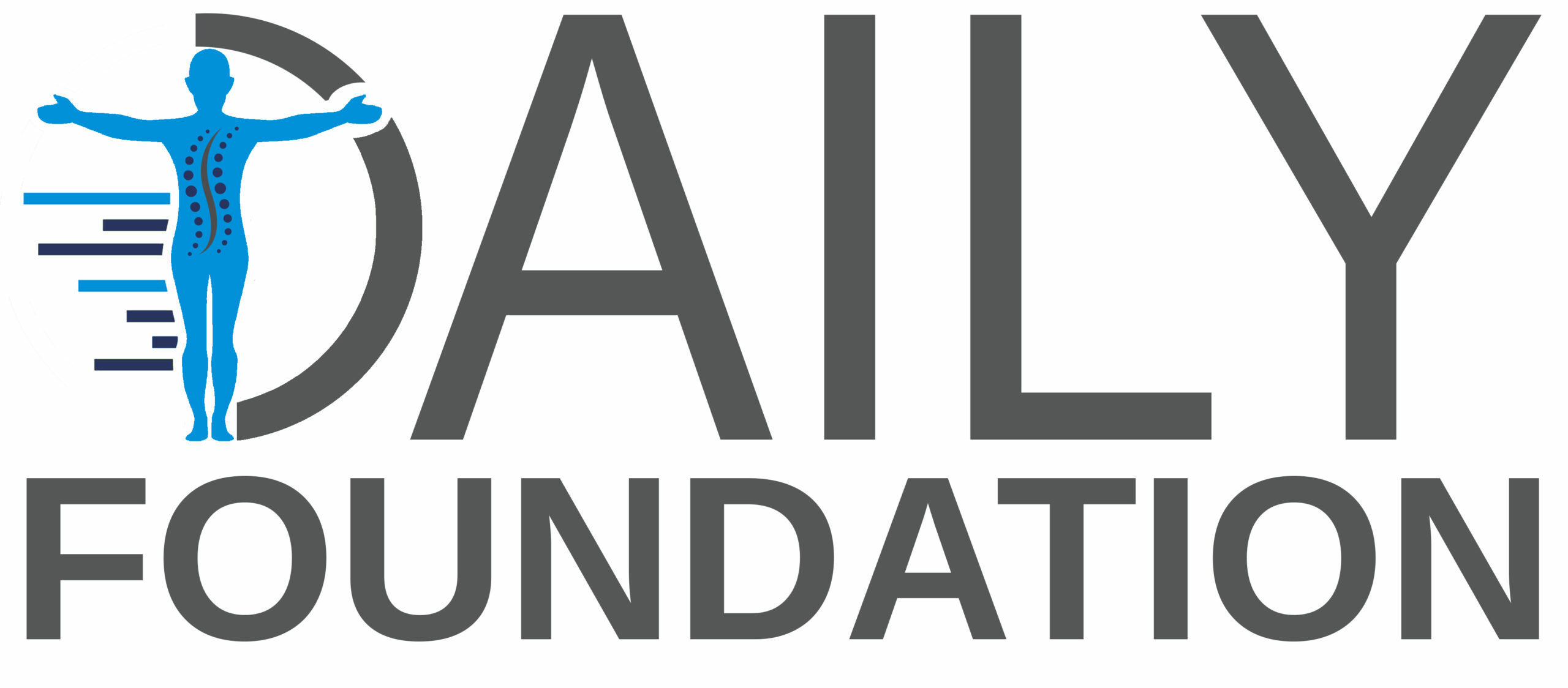The cervical spine, or neck, begins at the base of the skull and through a series of seven vertebral segments connects to the thoracic, or chest, region of the spine.
The first cervical vertebra is unique, as it is a ring, called the atlas, that rotates around part of the second vertebrae, the axis. This construct provides most of the rotation for the neck and head.
The seven vertebrae of the cervical spine are connected in the back by paired facet joints, which allow for forward and backward extensions, as well as twisting movements. These facet joints can wear down over time and lead to cervical spinal stenosis or osteoarthritis.
In between the vertebrae are six cervical discs that act as shock absorbers and allow flexibility and movement of the neck. These discs may herniate or degenerate, either through wear and tear over time or from an injury.
The cervical spine has eight cervical nerves, C1 through C8, that branch off of the spinal cord and exit through the neural foramen in the back of the spine.
Each cervical nerve is named for the vertebra below it. For example, the nerve root that runs between the C5 and C6 is the C6 nerve.
A number of cervical spine conditions may inflame or irritate these nerve roots, resulting in pain that radiates down the arms and possibly fingers, known as cervical radiculopathy.
The cervical spine includes an intricate network of muscles, tendons, and ligaments that provide support and movement. These tissues can spasm or become strained, which is a common cause of neck pain and stiffness.
The spinal cord travels from the base of the skull through the cervical spine. Any cervical condition that encroaches on the spinal canal can affect the spinal cord and cause neurological symptoms, such as muscle weakness, or numbness in the arms or legs.
Any of these cervical spine structures can degenerate over time or become injured, resulting in a variety of possible conditions and symptoms.
